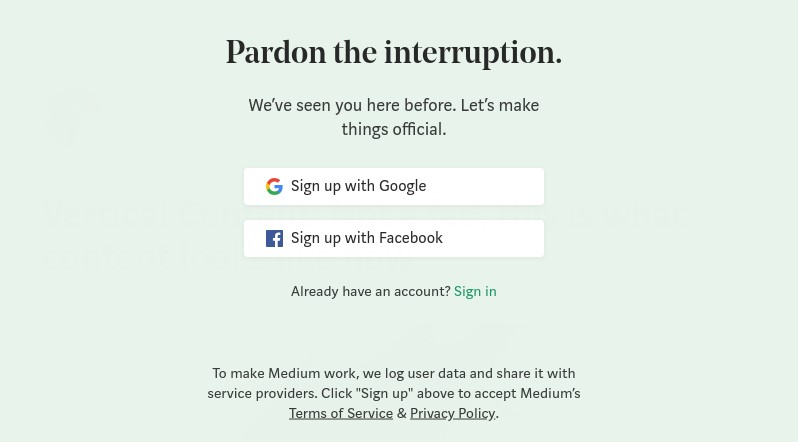Digital body language is still a fairly misunderstood term, but it is slowly changing marketing strategies around the world. It aims to evolve the personalization that many brands have already implemented into their marketing tactics and take it to the next level.
When personalization is done right, it can have a massively positive impact for companies. However, it can take a while for the right strategy to fall into place, considerable budget and the risk of getting it wrong more than once.
What is digital body language?
Digital body language aims to take a more holistic approach to customer experience, getting a better understanding of user behavior. It looks at the psychology of customers at various digital touchpoints where consumers are interacting with a brand to allow companies to better tailor the experiences of their customers. Much like a good sales assistant would change their approach depending on whether a customer was frustrated, confused or overwhelmed, digital body language should allow brands to adapt their strategy to meet the personal needs of their consumers.
A person's digital body language communicates their feelings, motivations and pain points as much as it would in a face-to-face meeting, but it's harder to analyze when someone is behind a screen potentially thousands of miles away. As a result, employing the right tracking technologies can help brands to analyze the entire customer experience way before they ever make a purchase.
For example, digital body language can be understood by looking at what emails a user has opened, who they're interacting with on social, how often they've visited a site, interactions with online agents and content they've viewed. This digital footprint can give marketers the key information they need to make genuinely personalized sales pitches to users.
How is it different to personalization?
Personalization is a strong starting point. However, because it focuses on actions or behaviors that occurred in the past, it's difficult for it to enable brands to have meaningful real-time interactions. To generate a more holistic customer experience strategy, companies need to be aware of what their audience is doing at the precise moment they're doing it to better influence their buying decisions.
Customers have higher standards than ever and expect brands to adapt to their changing needs as they happen. For example, if a user visits a website and then returns a week later, and again two days later, their motivations are likely to be different at each point, as is what they need from their interaction with the brand. Failing to adjust a strategy may mean that user goes to one of your competitors that is better able to evolve to meet their needs.
To be able to adapt in real-time to customer interactions, brands need to understand and analyze all of the online touchpoints that give away a user's digital body language.
How digital body language shapes the customer experience
Everything from mouse and eye tracking to page scrolling and time on page are indications of a potential customer's body language. This helps brands understand the behavior, pain points and key drivers influencing the buyer journey.
Building a customer experience strategy that incorporates these micro-interactions allows companies to be adaptive and much more informed about how consumers are considering their brand. This is becoming increasingly important in all areas of marketing. Brands need to be pre-empting what prospective customers are about to do to be able to deliver real-time solutions to problems that are preventing them from making a purchase.
The rise in use of live agents and chatbots reflects this. Consumers don't want to wait for 24 hours, an hour or even ten minutes to get a response about their query or concern. Having a strategy built around digital body language allows brands to react in real-time to customer interactions.
Using rich data from experience analytics, combining data and cognitive intelligence, allows companies to better pre-empt customer behavior, meaning they can be prepared for how they want to respond. This may be done by looking at consumer trends and seeing that, for example, when someone visits a site and then bounces off in less than a minute, they're likely to come back. When they do, brands can be prepared by having a personalized message and offer set up to greet them.
This kind of evolving, adaptive strategy can build loyalty over time and generate a high ROI for brands. It not only delivers what customers are looking for, at the precise time they need it, but also communicates a clear message to your target audience; you value their custom and time.
In a time when customers are demanding a much richer experience from brands, this could make the difference between converting on your site or being directed to that of your competitors.
To make better decisions with your marketing strategy, you need to keep up to date with industry trends. To view more, click here.
Access the latest business knowledge in Marketing
Get Access






Comments
Join the conversation...